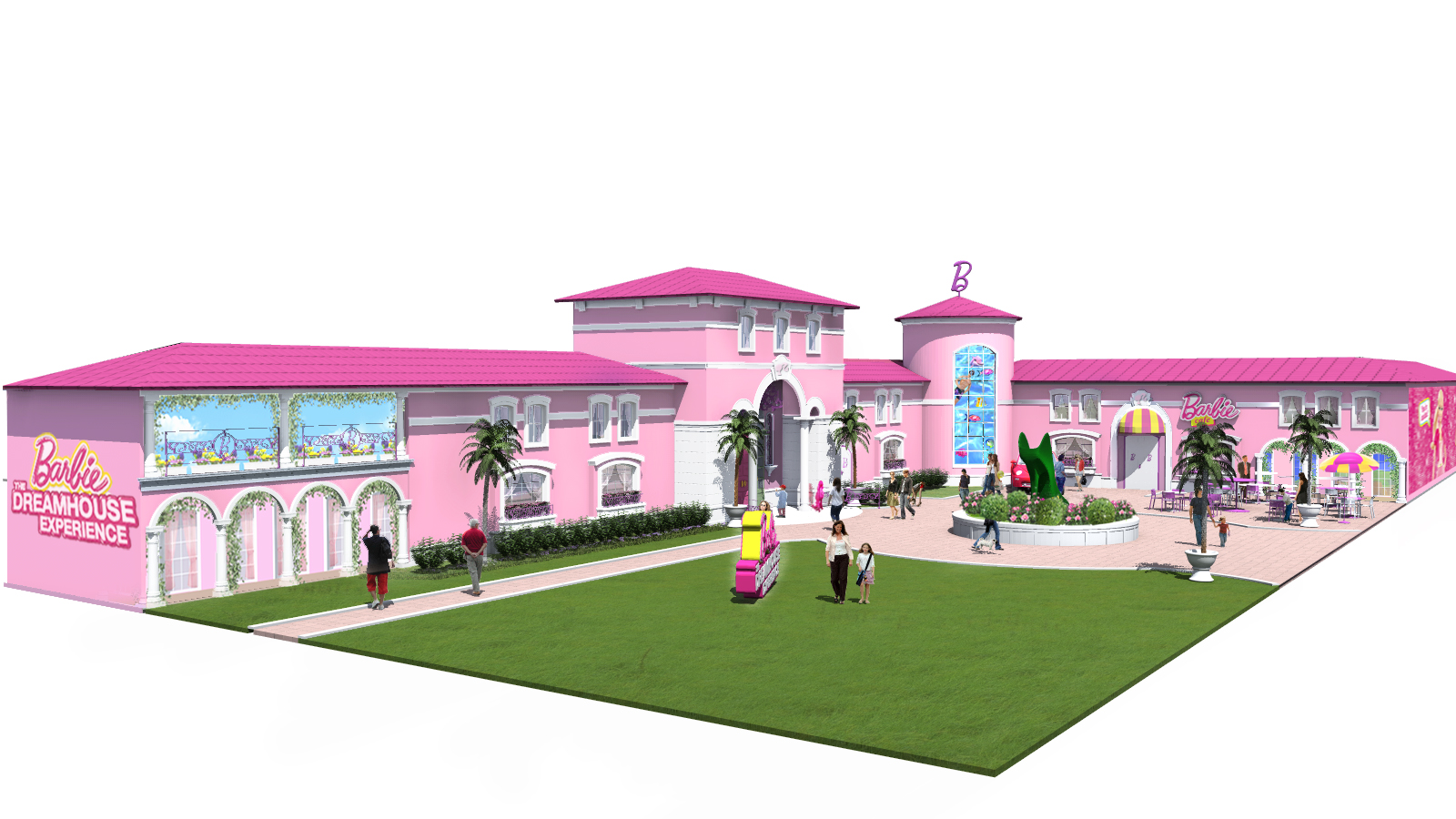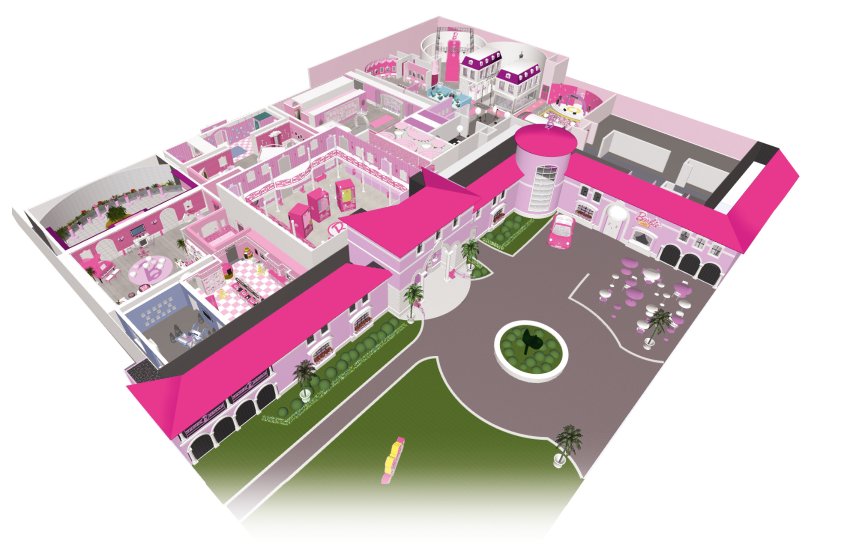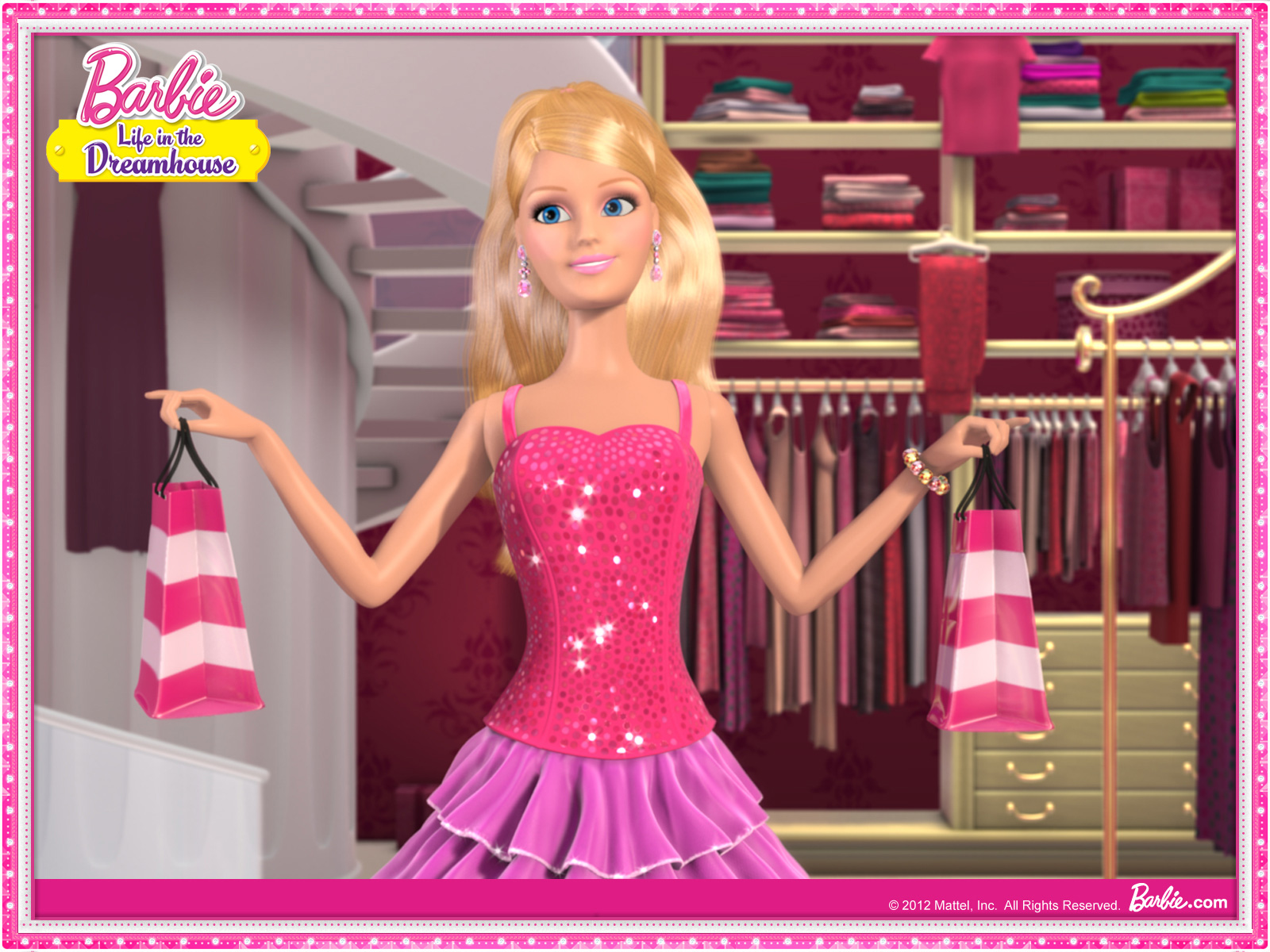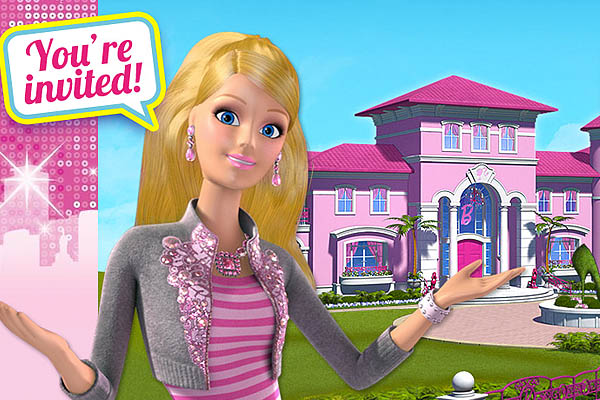
A luxurious life-size playhouse complete with a kitchen ready to bake cupcakes, a walk-in closet and a dazzling jewelry display – all in pink. Every little girl’s dream, or so believe Mattel and EMS Entertainment, the masterminds behind the Barbie Dreamhouse Experience soon to open its doors in the center of Berlin.
But a youth group linked to Germany’s Left Party thinks differently. And while they cannot prevent the attraction opening on May 16, they want parents to think twice about bringing their children to a real-life dollhouse they say embodies tired and damaging female stereotypes.
“Barbie Dreamhouse is presenting a very limited role model as a perspective for women’s lives,” said Michael Koschitzki, one of around 25 organizers of Occupy Barbie Dreamhouse, a campaign set up by the German youth organizations the Linksjugend [‘solid], Berlin Kreuzkӧlln (Left Youth) and the Sozialistische Deutsche Arbeiter Jugend (Socialist German Workers Youth – SDAJ).
“What you can see there is cooking, make-up, singing…presented as the whole fulfillment of women’s lives in this Barbie house,” Koschitzki added.
Barbie was first created in 1959 by Ruth Handler, who founded toy giant Mattel with her husband, Elliot. Since then Barbie has become arguably the world’s most popular toy for girls with one Barbie doll being sold every second, and 90% of girls on the planet aged three to 10 owning at least one Barbie, according to figures on Mattel’s Barbie web page.
The site quotes Handler as saying: “My whole philosophy of Barbie was that through the doll, the little girl could be anything she wanted to be. Barbie always represented the fact that a woman has choices.”
Having taken on more than 130 jobs in her 53 years — and even "run for president" in the 1990s — the Barbie doll has always been a “career trailblazer" in the words of Mattel.
“Born as a fashion model, Barbie has gone on to be a doctor, astronaut, teacher, rock star and even computer engineer to name a few, all the while showing girls they can be anything and aspire to fulfill their dreams,” said a Mattel spokesperson. But there are to be no computer-programming facilities at the 25,000 square foot glittery pink dreamhouse, where visitor activities will be limited to baking and dressing up.
Still, Koschitzki argues that in some ways, Barbie’s contemporary image does reflect a change in expectations of women over the last half-century.
“Today’s role models are not only as you would think of the Barbie house, restricted to the kitchen,” he explained. “It’s saying yes, you have to have a job, you have to do the housework, you have to be good looking, all at the same time – it’s impossible for women to [live up to] all this pressure.”
Experts say that far from being a harmless toy, Barbie can have a profound impact on identity formation and the promotion of gender stereotypes that, according to gender studies professor Marina Bettaglio, “penetrate deeply into the minds of those girls, aged three to 10, and leave lasting impressions on their views of gender identity.”
“This age group is more susceptible to certain messages, especially with regard to acceptable body type and gender roles,” said Bettaglio, who lectures on a course entitled Guns and Barbies at the Center for Early Childhood at the University of Victoria in Canada.
“Research shows that Barbies are influential role models. Although Barbie can be a doctor, she is first and foremost a beautiful and thin woman…it actually tells women it’s not enough to be smart and hardworking — they have also to be unrealistically thin and beautiful,” she added.
And Barbie promotes other unwelcome values, says Agnes Nairn, a professor of marketing at the EM-Lyon Business School in France, who specializes in marketing, ethics and children.
“Clearly, a consumer culture that makes you want to buy stuff that indicates you are rich is highly damaging on a lot of levels,” she said.
“Barbie is all about having to look a certain way. You have to be rich because you want the Malibu beach house and the stuff that goes with it – Barbie doesn’t have a lot of problems in the recession, she’s all about shopping…she’s a symbol of our consumer culture which basically says you can cover up all of society’s inadequacies by buying stuff and I think that’s pernicious.”
As a symbol of consumerism, its hardly surprising that Barbie’s presence has roused anger in a city with a strong tradition of protest against global firms. In 2008 Berliners directed their fury on the O2 Arena, and opposition has grown against commercial development along the city’s Spree River that is pushing out independent bars, music venues and squats. Protests in March focused on the removal of remaining sections of the Berlin Wall to make way for access to luxury flats.
But Kotschitzki insists the dreamhouse protests will remain peaceful, with an emphasis on promoting a wider debate on the influence of corporate consumerism on kids and how considered choices can be made about the way children spend their free time.
“I think we need a big discussion about what kinds of youth activities we have that are not only brought by big companies trying to sell you lots of toys and make a big profit, but that are about education, what kinds of free time activity we have and what kinds of games we would like to develop for our children,” Koschitzki said.
Nairn argues, however, that the all-American blonde is not necessarily the most dangerous toy to tempt our kids. Banning Barbie, she says, would not be the way forward.
“The answer is much more to do with having a cold, hard look at consumer capitalism and think, can we really solve our children’s problems by buying them iPods,” said Nairn. “I think kids can cope with Barbie, I mean they just cut her head off, don’t they.”
3 WAYS TO SHOW YOUR SUPPORT
- Log in to post comments















